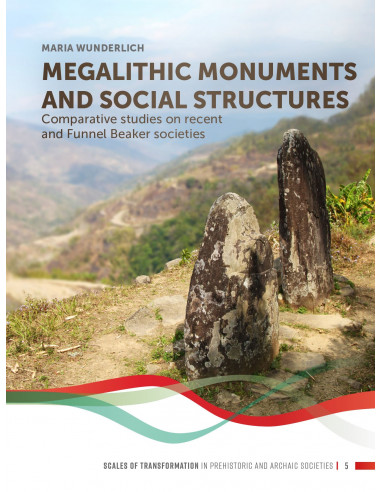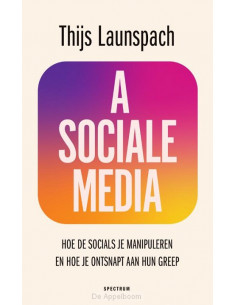Uw winkelwagen
Er zijn geen producten meer in uw winkelwagen
snelle levering verzendkosten binnen NL € 3,95 gratis bezorging vanaf €35,00
Megalithic monuments and social structur
Wunderlich, MariaMegalith building constitutes not only a past, but also a recent phenomenon, which is still practised today. The documentation and interpretation of recent megalith building traditions is offering potential aid in the interpretation of prehistoric monuments. Fieldwork in Sumba and Nagaland set up a frame to answer questions such as: Who is buried in the megalithic tombs and what kind of commemoration is connected to megalithic monuments? How are socioeconomic characteristics of the associated households and societies reflected in the megaliths?Megalithic monuments and social structures includes various archaeological and ethnoarchaeological case studies on social implications of megalith building activities from a comparative perspective. The case studies presented include recent megalith building traditions in Sumba, Indonesia, Nagaland, North-East India, as well as Neolithic Funnel Beaker communities in today's Northern Germany and Southern Sweden.This book presents a rich body of new data. By taking into account recent examples of megalithic construction, knowledge on important and influential ways of acting within societal contexts was expanded, whereby above all decentralised and communally-designed mechanisms are important. The case studies presented here clearly demonstrate the importance of cooperative and competitive structures and their effect on feasting activities and megalith building. Additionally, megalithic monuments represent a way of expressing and materialising economic inequality and social prestige. These mechanism and aspects also represent interpretations regarding Funnel Baker societies, which can supplement the existing ideas of megalithic construction in Neolithic Northern Europe.Contents:Foreword and acknowledgement1 Introduction1.1 Research questions and scientific approach1.2 Megaliths as a worldwide phenomenon: Space and time of investigation2 History of research: Megalithic monuments2.1 Functional interpretations2.2 Symbolic and ideological interpretations2.3 Megalithic tombs in their active use2.4 Megalithic tombs and social differentiation3 Theoretical background3.1 Theoretical background of the concept of monumentality3.2 Cultural memory in pre-modern societies3.3 The relationship between subsistence strategies and the extent of social differentiation/inequality3.4 Political and ritual economy3.5 Excursus: Lineage and Clan structures3.6 Summary4 Methodology4.1 The examination parameters4.2 Ethnoarchaeological research and the use of analogies5 The Ethnoarchaeological case studies: Sumba and Nagaland5.1 Ethnoarchaeological Case Study 1: Sumba5.2 Ethnoarchaeological case study 2: Nagaland5.3. Ethnoarchaeological case studies: Summary6 The archaeological case studies: Funnel Beaker societies in present-day northern Germany and Scania6.1 Archaeological Case Study 1: Funnel Beaker societies in northern Germany6.2 Comparison of two archaeological regions: Northern Germany and Scania7 Synthesis7.1 The different models7.2 Comparison and synthesis8 SummaryReferencesAppendix: Photos of the ethnoarchaeological field work
No reviews

















